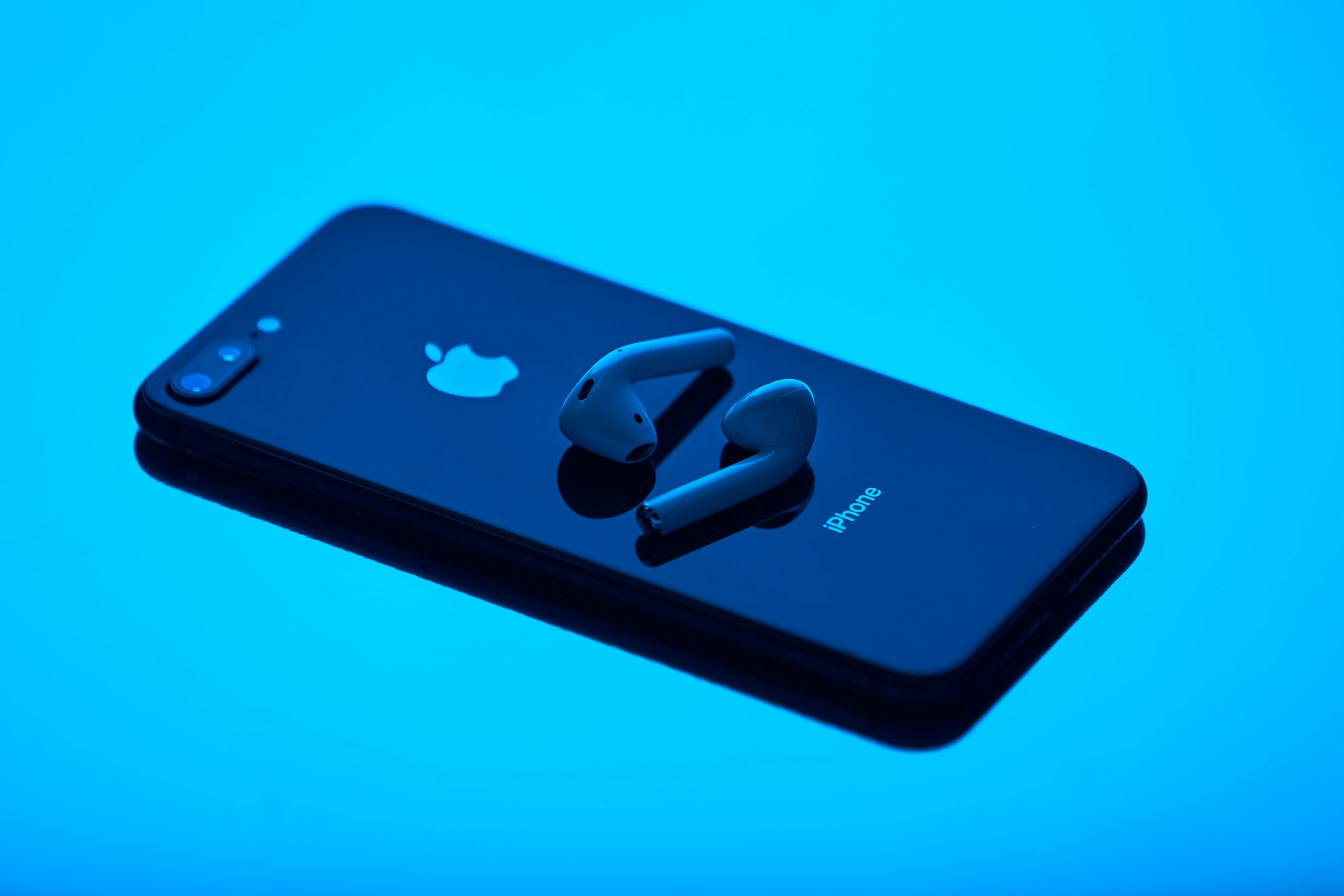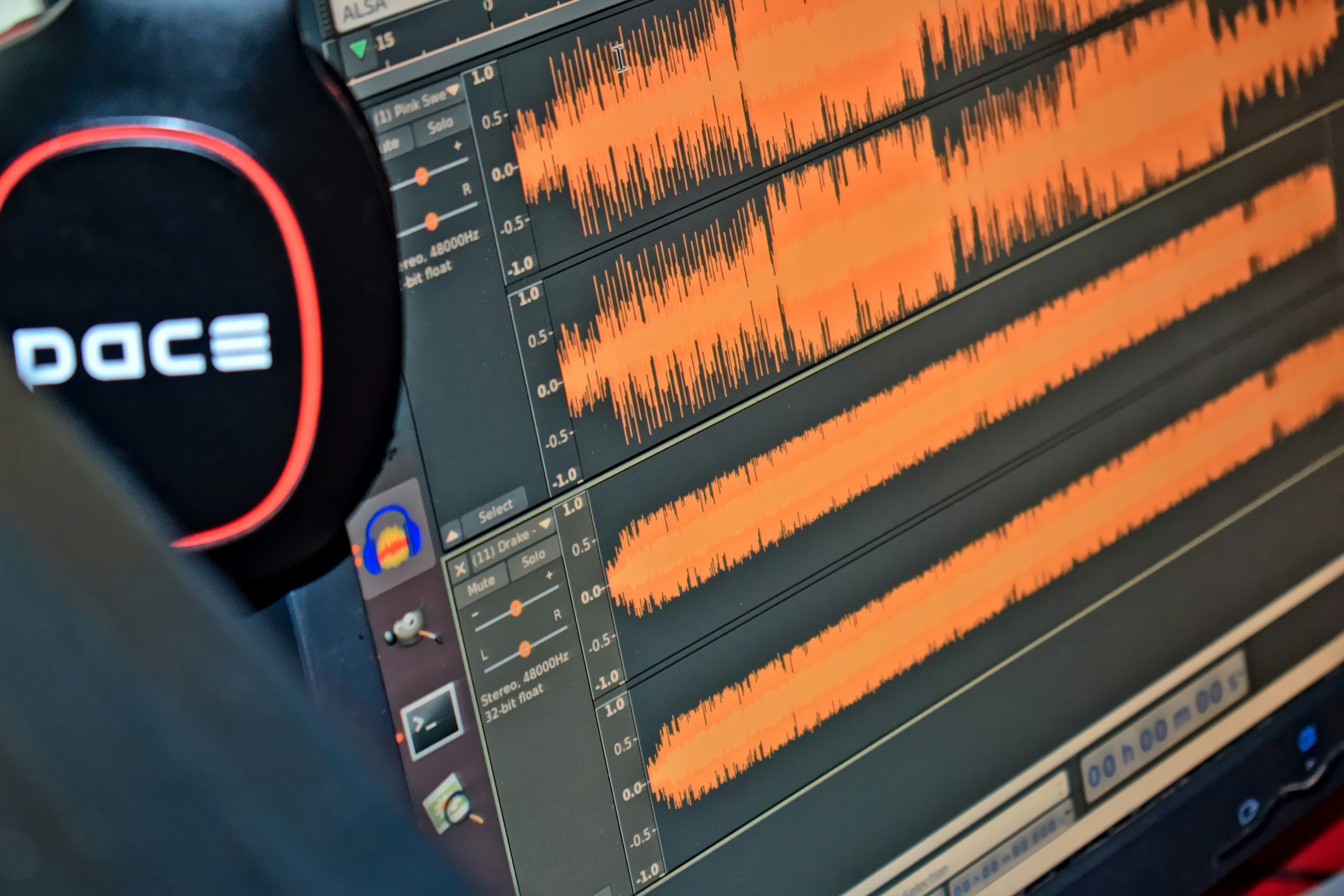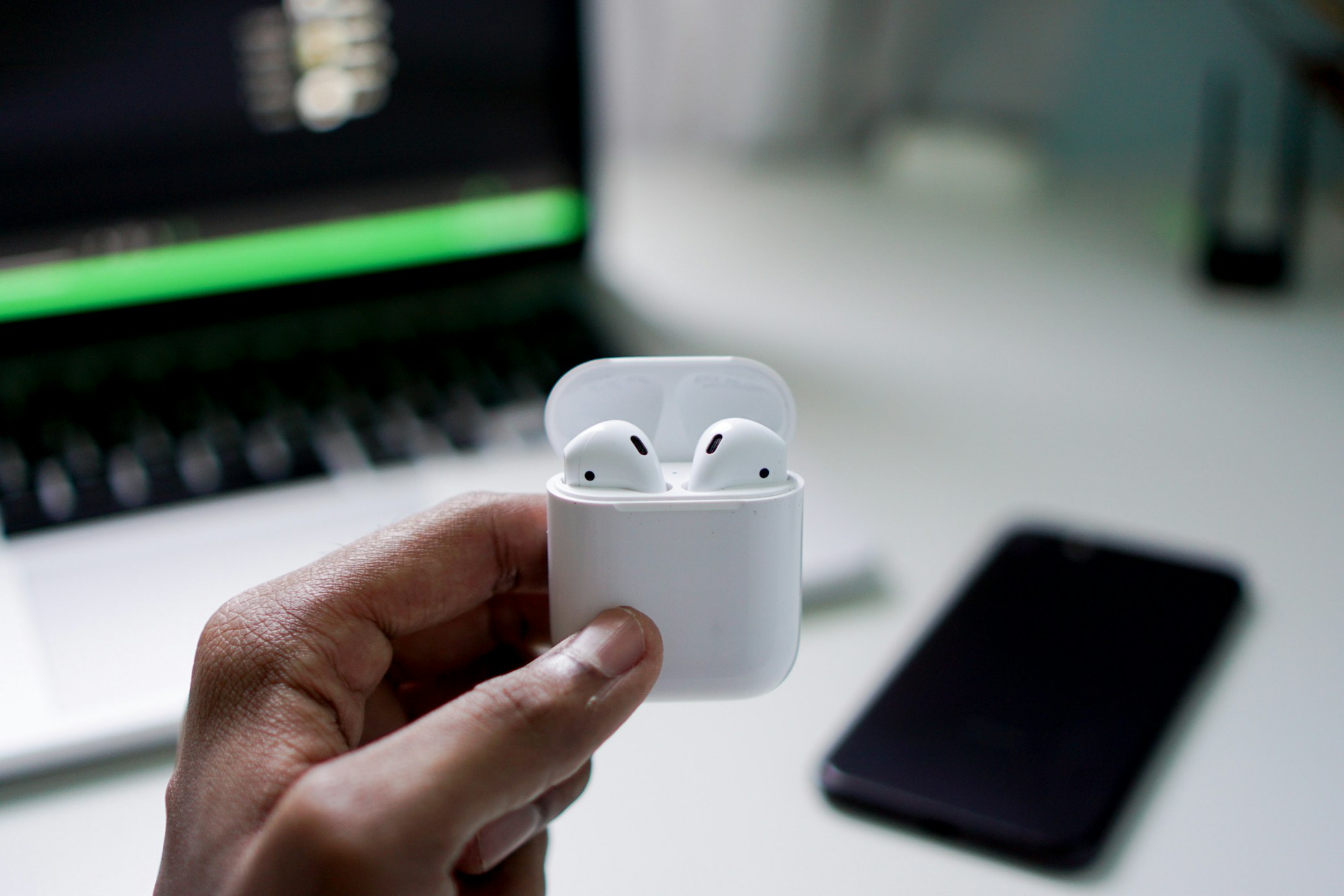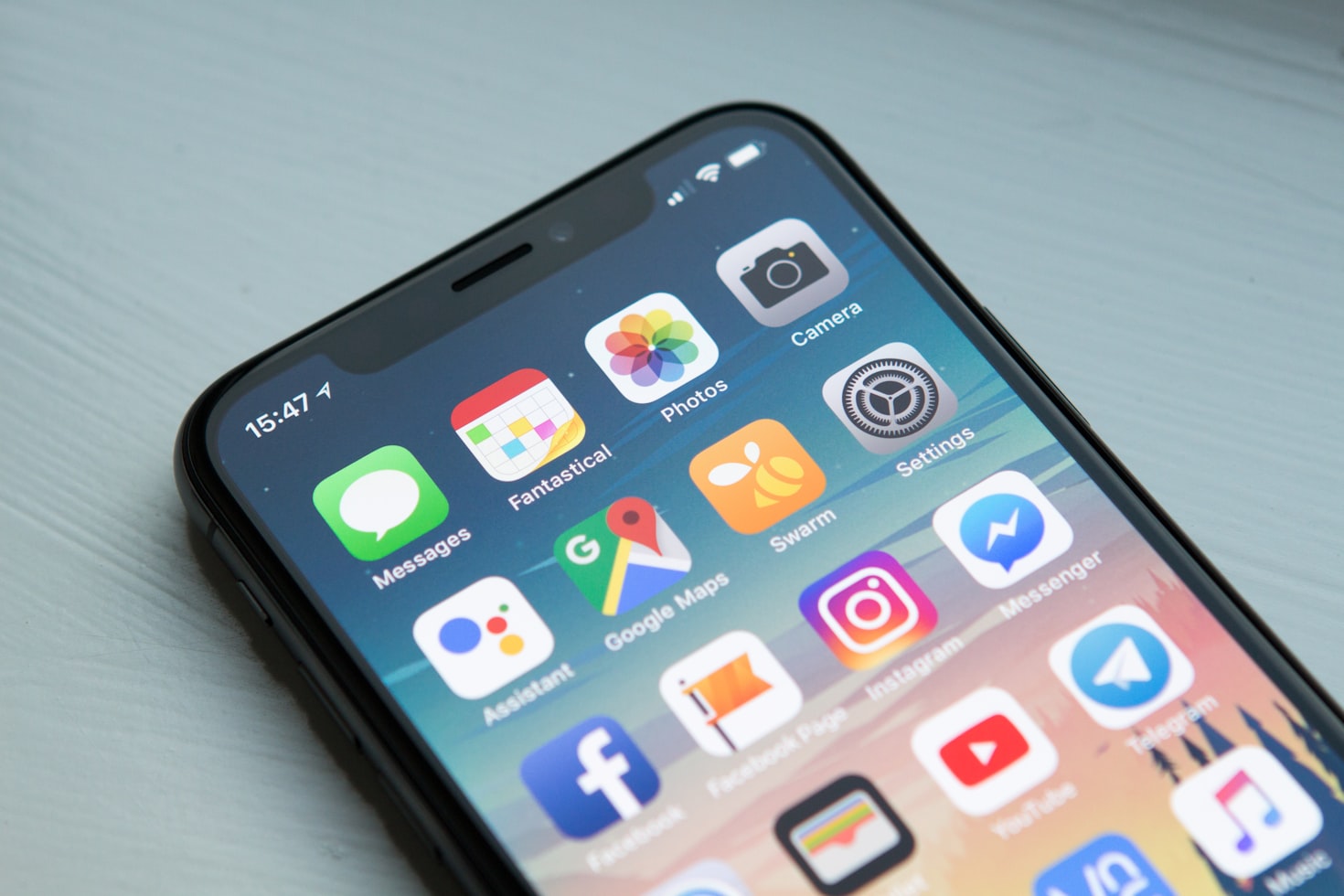How Bluetooth Actually Works: The Science Behind Wireless Connectivity

Understanding Bluetooth technology can help you troubleshoot connection issues and choose better wireless devices.
The Bluetooth Mystery: Why Does It Sometimes Just Work?
We’ve all been there: your wireless earbuds connect instantly to your phone but refuse to pair with your laptop. Your smartwatch syncs flawlessly, but your keyboard has a mind of its own. Understanding how Bluetooth actually works can solve these everyday frustrations and help you choose better wireless devices.
Bluetooth by the Numbers:
- Operates at 2.4 GHz frequency - the same as WiFi and microwaves
- 79 different frequency channels to avoid interference
- Jumps frequencies 1,600 times per second to maintain connection
- Range up to 240 meters with Bluetooth 5.0 (in ideal conditions)
📡 The Radio Wave Foundation
Understanding the 2.4 GHz Band
Why 2.4 GHz?
- ISM Band: Industrial, Scientific, Medical - unlicensed frequency
- Global availability: Works worldwide without regulatory restrictions
- Good penetration: Passes through walls and obstacles reasonably well
- Low power requirements: Enables battery-powered devices
The Interference Challenge:
- WiFi networks use the same frequency band
- Microwave ovens operate at 2.45 GHz
- Baby monitors and other devices compete for spectrum
- Solution: Frequency hopping spread spectrum (FHSS)
Frequency Hopping: Bluetooth’s Clever Solution
How It Works:
- 79 channels available in 2.4 GHz band
- Rapid switching - changes channel 1,600 times per second
- Pseudo-random pattern known to both devices
- Interference avoidance - if one channel is busy, hop to another
Why This Matters:
- Robust connections even in crowded RF environments
- Security benefit - harder to intercept hopping signals
- Multiple device support - different pairs use different hop sequences
🔗 The Pairing Process: Digital Handshakes
What Really Happens When You “Pair” Devices
Step 1: Discovery Mode
Device Advertising:
- Beacon signals broadcast device identity every 100ms
- Device name and basic capabilities shared
- Discoverable window typically lasts 2-3 minutes
- Power consumption increases during discovery
Scanning Process:
- Active scanning: Device actively looks for beacons
- Passive listening: Waits for advertising signals
- RSSI measurement: Received Signal Strength Indicator determines proximity
Step 2: Authentication and Security
Security Key Exchange:
- PIN or passkey generation (usually automatic)
- Encryption key creation using shared secret
- Link key storage for future automatic connections
- Authentication protocol prevents unauthorized access
Modern Security Features:
- AES-128 encryption in Bluetooth 4.0+
- Out-of-band authentication using NFC or QR codes
- Numeric comparison for secure pairing verification
- Man-in-the-middle protection through key verification
Step 3: Profile Negotiation
Device Capabilities Exchange:
- A2DP: Advanced Audio Distribution Profile (music)
- HFP: Hands-Free Profile (phone calls)
- HID: Human Interface Device (keyboards, mice)
- GATT: Generic Attribute Profile (sensors, fitness trackers)
⚡ Bluetooth Versions: Evolution of Efficiency
Major Version Improvements

Bluetooth 4.0 (2010) - The Low Energy Revolution:
- Bluetooth Low Energy (BLE) for IoT devices
- 90% power reduction for simple data transmission
- Fitness trackers and smartwatches become practical
- Dual-mode devices support both Classic and LE
Bluetooth 5.0 (2016) - Range and Speed:
- 4x range improvement (up to 240m line of sight)
- 2x speed increase for data transmission
- 8x broadcasting capacity for mesh networks
- Improved interoperability and coexistence with WiFi
Bluetooth 5.2 (2020) - Audio Innovation:
- LE Audio with LC3 codec for better quality
- Broadcast audio for shared listening experiences
- Hearing aid integration with standardized protocols
- Enhanced security with improved encryption
Real-World Performance Differences
| Version | Range | Speed | Power | Best Use Case |
|---|---|---|---|---|
| 4.2 | 50m | 1 Mbps | Low | Fitness trackers |
| 5.0 | 200m | 2 Mbps | Very Low | Smart home |
| 5.2 | 240m | 2 Mbps | Ultra Low | Audio devices |
🎧 Audio Codecs: The Sound Quality Science
How Digital Audio Becomes Wireless
The Compression Challenge:
- CD quality: 1,411 kbps uncompressed
- Bluetooth bandwidth: 320-990 kbps maximum
- Compression necessity: Must reduce data without losing quality
- Latency considerations: Processing time affects video sync
Codec Comparison
SBC (Standard Bluetooth Codec):
- Universal compatibility - works with all devices
- Basic quality - 328 kbps maximum
- High latency - 200+ ms delay
- Fallback option when better codecs unavailable
AAC (Advanced Audio Codec):
- Apple ecosystem optimized - excellent on iPhone/iPad
- Variable bitrate - adapts to complexity
- Lower latency - 120-180 ms
- Android compatibility varies by manufacturer
aptX and aptX HD:
- Qualcomm proprietary - requires licensing
- Low latency variants - down to 40 ms
- CD-quality potential - up to 576 kbps
- Android device support common
LDAC (Sony’s High-Resolution):
- Highest quality - up to 990 kbps
- Adaptive bitrate - adjusts to signal strength
- Hi-Res Audio certified - 24-bit/96kHz support
- Limited device support - mainly Sony and select Android
🔧 Why Bluetooth Sometimes Fails
Common Connection Problems Explained
Interference Sources
2.4 GHz Congestion:
- WiFi networks using channels 1-11
- Microwave ovens during operation
- Other Bluetooth devices in proximity
- Wireless security cameras and baby monitors
Physical Obstacles:
- Human bodies (70% water) attenuate 2.4 GHz signals
- Metal objects create reflection and interference
- Concrete walls significantly reduce signal strength
- Distance limitations - inverse square law applies
Device-Specific Issues
Smartphone Limitations:
- Antenna design affects range and reliability
- Software stack quality varies by manufacturer
- Power management may disable Bluetooth to save battery
- Memory limitations restrict number of paired devices
Audio Device Challenges:
- Battery level affects transmission power
- Codec mismatch forces fallback to lower quality
- Multipoint connections divide available bandwidth
- Wearing position affects signal path to phone
💡 Optimizing Your Bluetooth Experience
Science-Based Improvement Strategies
Pairing Environment:
- Close proximity - within 1 meter during initial pairing
- Minimal interference - turn off other 2.4 GHz devices temporarily
- Clear line of sight - avoid obstacles between devices
- Stable power - ensure both devices are adequately charged
Connection Maintenance:
- Regular reconnection - some devices benefit from daily re-pairing
- Cache clearing - Android users can clear Bluetooth cache
- Keep devices updated - firmware updates improve compatibility
- Manage paired device list - remove unused devices to free memory
Advanced Optimization
Audio Quality Settings:
- Force high-quality codecs in developer options (Android)
- Disable absolute volume if experiencing audio issues
- Adjust sample rate to match audio source
- Enable HD audio codecs when available
Power Management:
- Disable aggressive power saving for Bluetooth
- Keep devices charged - low battery affects performance
- Airplane mode reset can clear connection issues
- Factory reset pairing for persistent problems
🔮 The Future of Bluetooth Technology
Emerging Developments
Bluetooth 6.0 (Expected 2024-2025):
- Channel sounding for precise location tracking
- Improved security with quantum-resistant encryption
- Better coexistence with WiFi 7 and 5G
- Lower power consumption for IoT applications
LE Audio Revolution:
- Hearing aids integration becoming mainstream
- Broadcast audio for public spaces and accessibility
- Multi-stream audio for personalized sound experiences
- Auracast technology for shared listening
Practical Implications
What This Means for Consumers:
- Better battery life in wireless devices
- More reliable connections in crowded environments
- Higher audio quality with new codecs
- Seamless device switching across ecosystems
🎯 Key Takeaways for Better Bluetooth
Understanding Improves Experience
- Frequency hopping makes Bluetooth resilient but not immune to interference
- Pairing quality affects long-term connection reliability
- Codec compatibility determines audio quality more than marketing specs
- Environmental factors significantly impact real-world performance
- Version compatibility matters - newer isn’t always better for your use case
Troubleshooting Armed with Knowledge
When Connections Fail:
- Check for 2.4 GHz interference sources
- Ensure devices are within optimal range
- Verify codec compatibility for audio devices
- Consider battery levels on both devices
- Try pairing in a different location
For Best Performance:
- Prioritize Bluetooth 5.0+ devices when possible
- Understand your audio codec options
- Manage your paired device list regularly
- Keep firmware updated on all devices
- Learn your specific device’s limitations
Understanding Bluetooth technology transforms it from mysterious wireless magic into a predictable, manageable tool. Armed with this knowledge, you can make better purchase decisions, troubleshoot issues effectively, and optimize your wireless experience.




